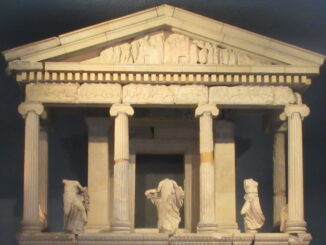
The Nereid Monument in the British Museum
On one’s way to the Parthenon Gallery one walks through Room 17 of the British Museum and there, on the right, is what appears to […]

On one’s way to the Parthenon Gallery one walks through Room 17 of the British Museum and there, on the right, is what appears to […]
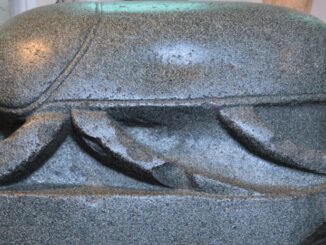
When Thomas Bruce, 7th Earl of Elgin, sold his collection of antiquities to the British Museum in 1816, the museum acquired not only his once […]
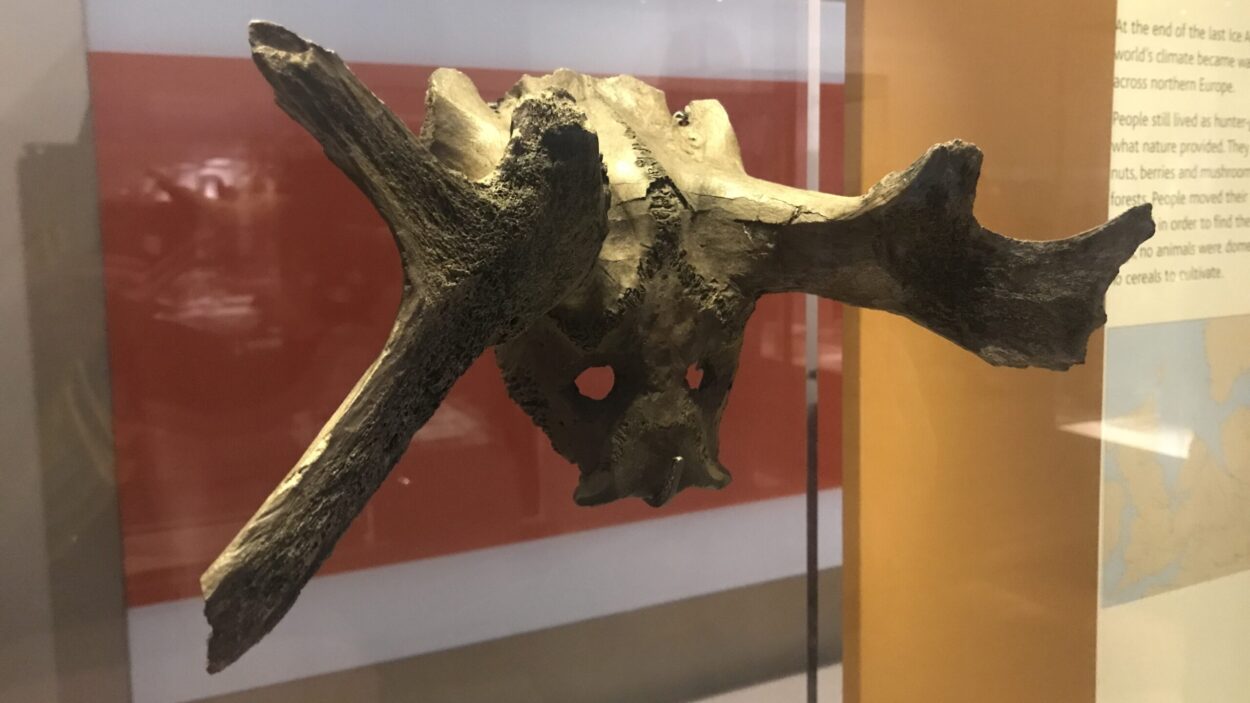
In Douglas Adams’s Hitchhikers’ Guide to the Galaxy, the Total Perspective Vortex gives “one momentary glimpse of the size of the entire infinity of creation […]
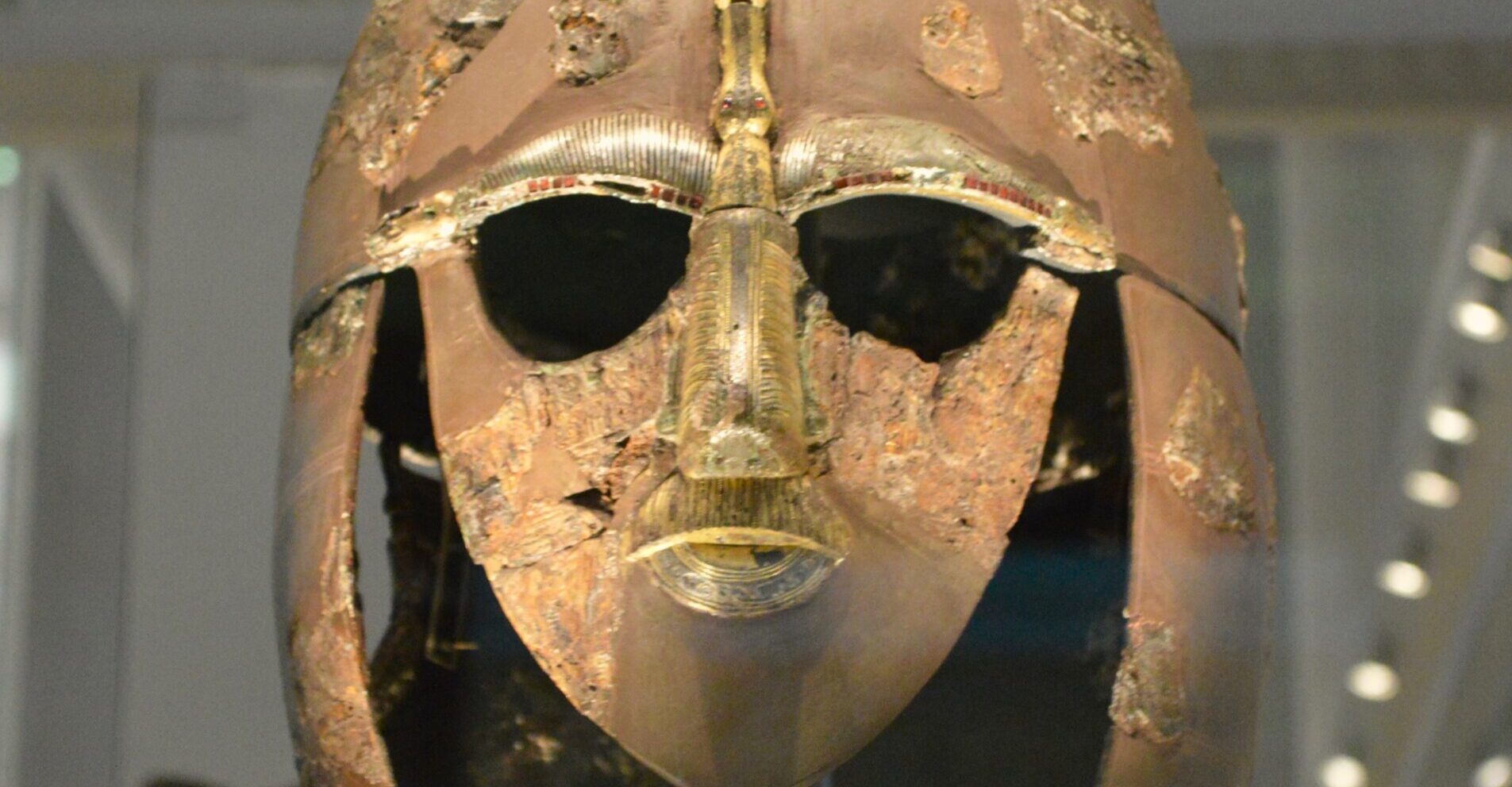
In 1938 a Suffolk woman called Edith Pretty asked a local archaeologist Basil Brown (no relation unfortunately) to excavate a series of mounds that were […]
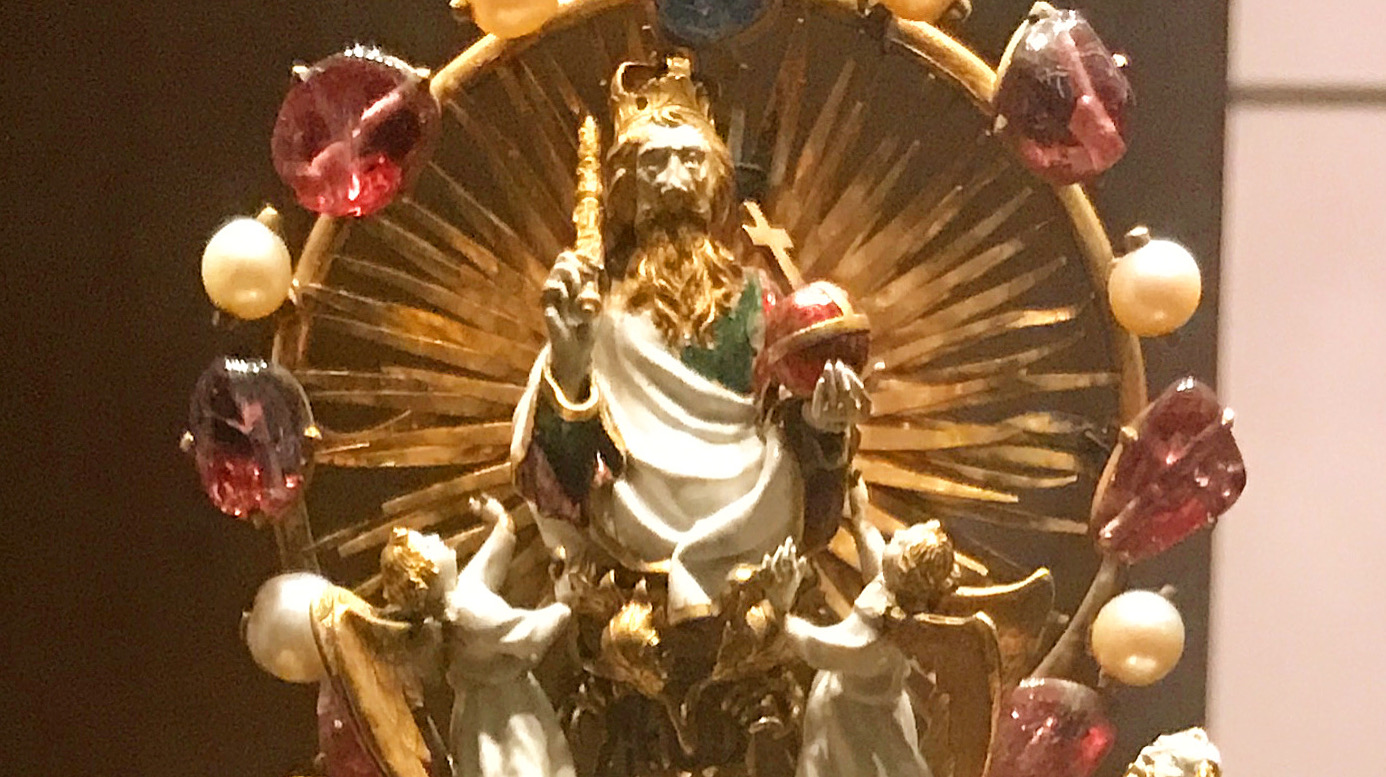
A bit more medieval from the British Museum (read all about a 700 year old citole here), but this time we’re not in my favourite […]
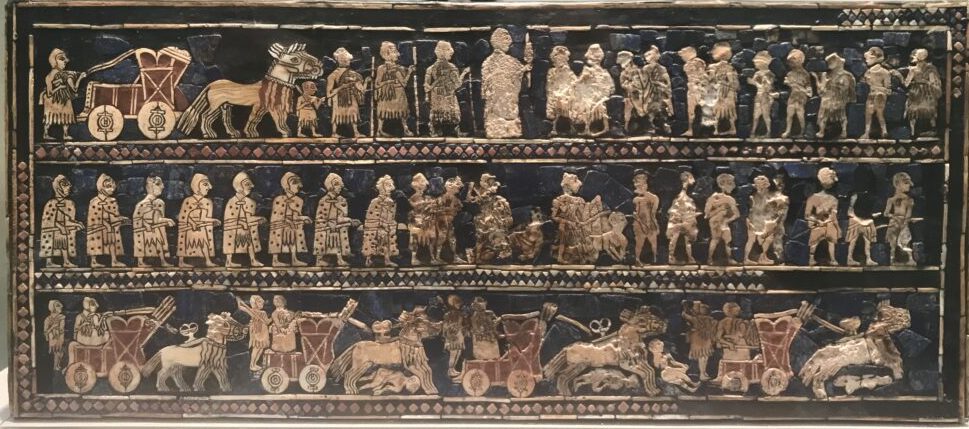
Back in the British Museum for the first time since lockdown and prepping for a real life tour with a real life guest. The Standard […]

Another free talk from me and my four friends at UKToursOnline. Here we look forward to the reopening of the UK’s galleries and museums by […]
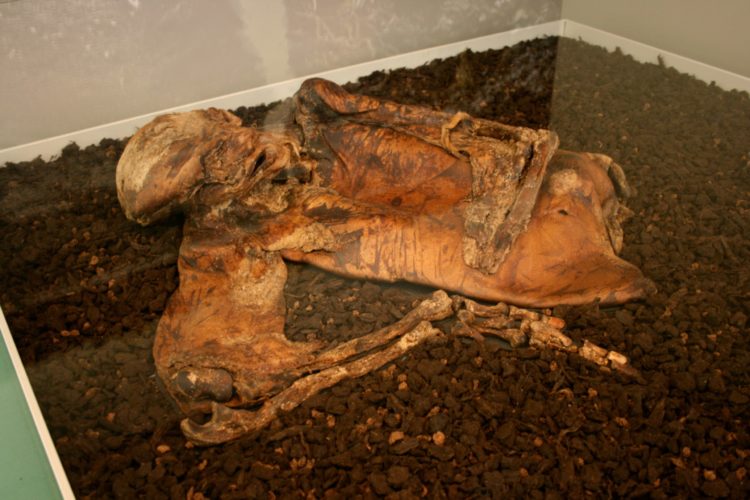
In the British Museum is a remarkable Iron Age corpse, a wonderfully preserved ‘bog body’ from the 1st century CE discovered in a place called […]

Walk into Room 40 in the British Museum via the staircase in the entrance lobby and the first thing that hits you is this wonderful […]

Up in Room 40 of the British Museum you will find one of the most stunning bits of medieval carving to survive – a citole […]
Copyright © 2024 | WordPress Theme by MH Themes